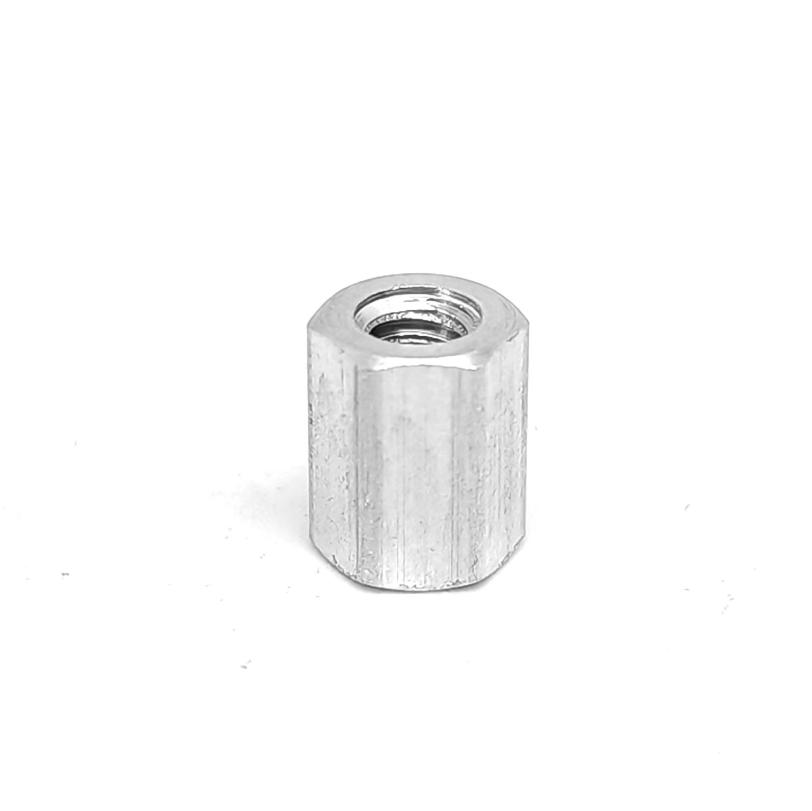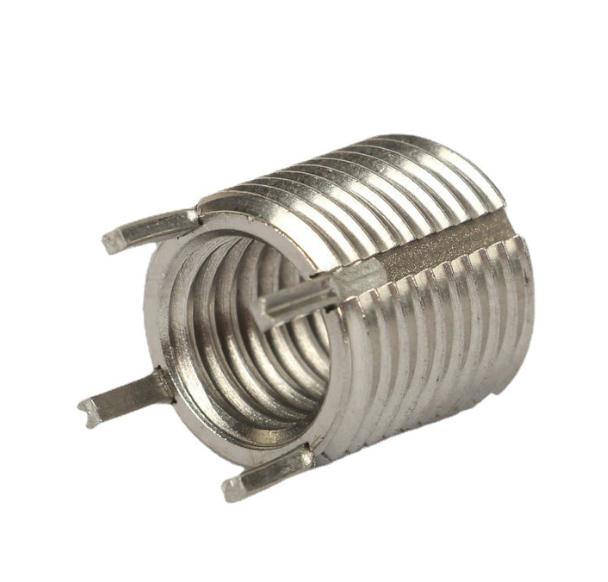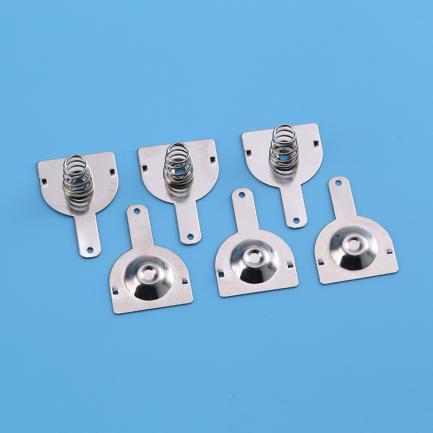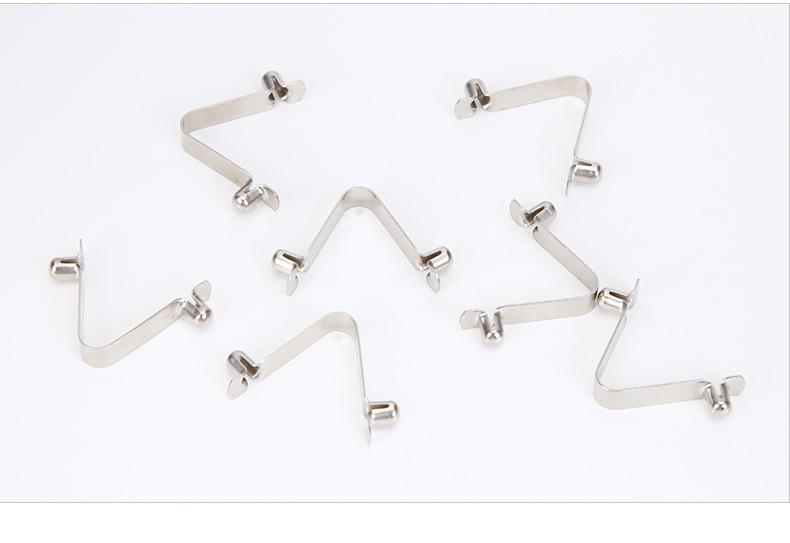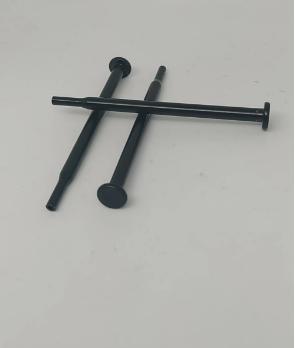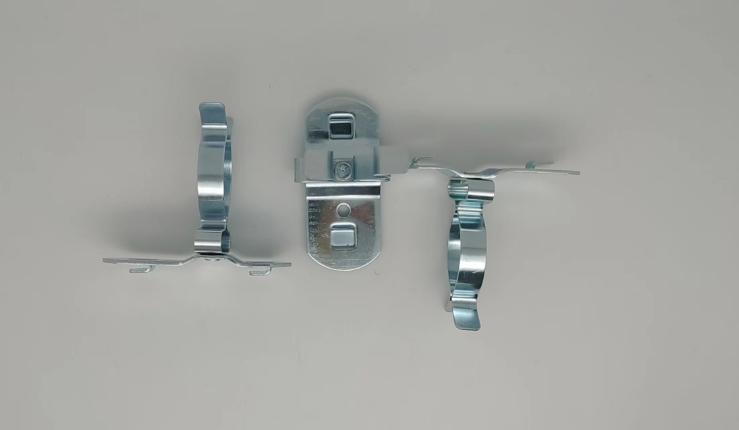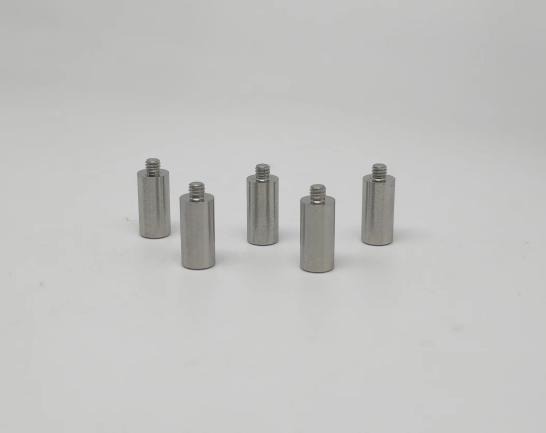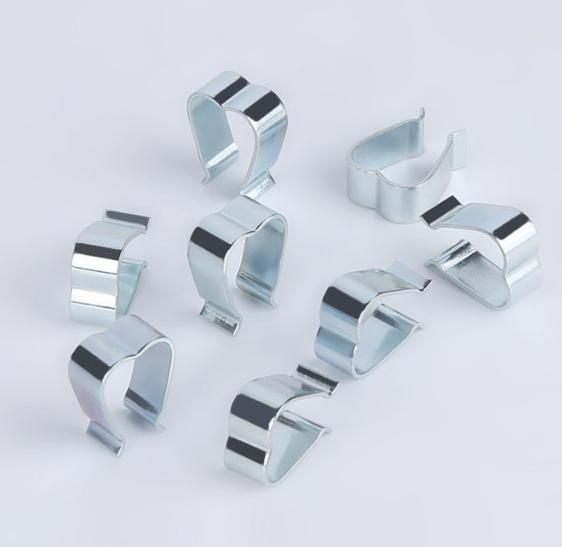10 Key Considerations of Selecting the Right Injection Molding Material
Injection molding is a versatile and widely used manufacturing process that allows the creation of intricate, high-quality plastic and metal parts. One of the critical aspects of successful injection molding is selecting the right injection molding material for the mold. This decision can significantly impact the quality, durability, and cost-effectiveness of the final product. In this article, we will delve into the important factors to consider when choosing an injection molding material.

1. Material Compatibility
The first and foremost consideration in selecting an injection molding material is its compatibility with the material you intend to mold. Injection molding involves subjecting the material to high temperatures and pressures. Therefore, the selected mold material must withstand these conditions without degrading or reacting with the material being molded. Mismatched materials can lead to product defects, contamination, or even mold damage.
2. Material Properties
Each injection molding material possesses unique properties that can greatly influence the quality of the molded parts. Here are some key material properties to consider:
- Hardness: The mold material’s hardness affects its resistance to wear and abrasion. Harder materials like tool steel can withstand the repeated stresses of molding and provide a longer mold life.
- Thermal Conductivity: The ability of the mold material to transfer heat can impact the cooling and solidification of the injected material. High thermal conductivity can reduce cycle times, improving production efficiency.
- Thermal Expansion: Different materials expand and contract at varying rates when exposed to temperature changes. Matching the mold material’s thermal expansion to that of the molded material helps prevent warping and distortion.
- Wear Resistance: In high-production environments, mold materials with excellent wear resistance are essential to maintain mold precision and quality over time.

3. Production Volume
The expected production volume plays a significant role in material selection. For high-volume production runs, the mold must endure a high number of cycles. In such cases, durable and heat-resistant materials like tool steel are often preferred, despite their higher initial cost. Conversely, for low-volume runs, less expensive options like P20 steel or aluminum can be suitable without compromising quality.
4. Part Complexity and Tolerances
The complexity of the part being molded and the required tolerances must be considered when choosing a mold material. Highly intricate parts with tight tolerances may demand a more precise and durable mold material to ensure accurate reproduction of the design.
5. Surface Finish
The desired surface finish of the molded parts is another crucial factor. Different mold materials can provide varying surface textures and finishes. Consider the aesthetic and functional requirements of your product and choose a material that can deliver the desired surface quality.
6. Cost Considerations
Cost is a significant factor in any manufacturing process. When selecting an injection molding material, it’s essential to balance the material’s cost with its expected lifespan and performance. While some materials may have a higher initial cost, they may offer long-term savings by extending the mold’s usable life and reducing production defects.
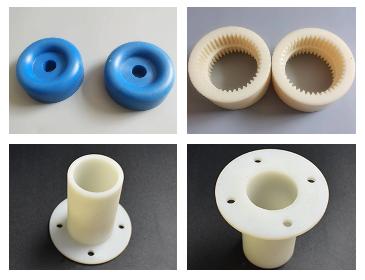
7. Lead Time
The availability and lead time for the chosen mold material can impact your production schedule. Certain specialized mold materials may have longer lead times due to manufacturing or availability issues. Ensure that your material choice aligns with your project timeline.
8. Environmental Factors
Consider any environmental regulations or requirements that may apply to your industry or location. Some mold materials may have environmental advantages, such as being recyclable or compliant with specific regulations. Being mindful of environmental considerations can help you make a responsible choice.
9. Maintenance and Repairs
The ease of maintenance and repair of the mold material should not be overlooked. Depending on the material, some molds may require more frequent maintenance or be easier to repair if damaged. Efficient maintenance can prolong the mold’s life and ensure consistent product quality.
10. Mold Fabrication Process
The chosen injection mold material should align with the mold fabrication process. Different materials may be better suited for various fabrication techniques, such as CNC machining or electrical discharge machining (EDM). Consider the compatibility between the material and the chosen manufacturing method.
Conclusion
Selecting the right injection mold material is a critical decision in the injection molding process. To ensure the success of your manufacturing project, carefully evaluate factors such as material compatibility, properties, production volume, part complexity, surface finish, cost considerations, lead time, environmental factors, maintenance, and fabrication processes. By taking all these factors into account, you can make an informed choice that aligns with your project’s requirements and objectives, ultimately leading to high-quality, cost-effective production.

